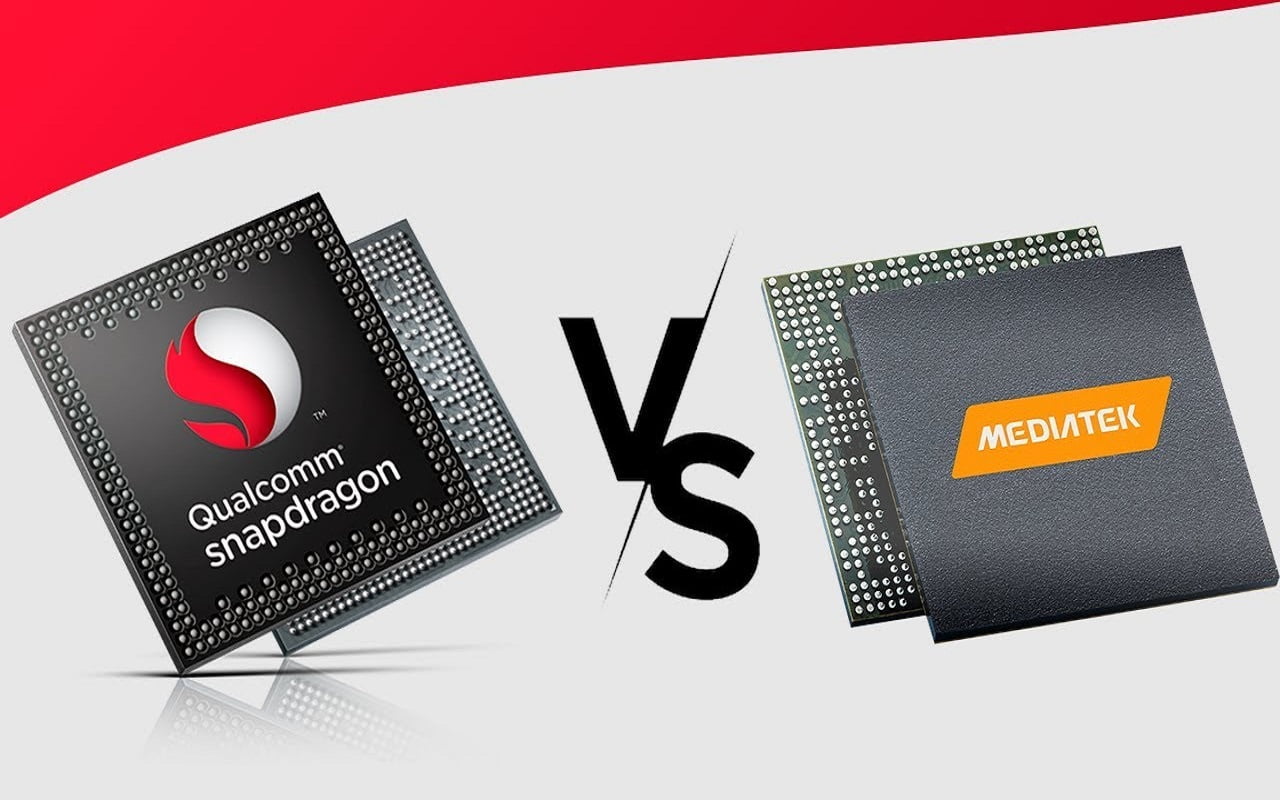Qualcomm and MediaTek are popular when it comes to making chipsets for Android smartphones. Their chipsets are used in Samsung, Xiaomi, Oppo, and Motorola smartphones.

Since the release of the Qualcomm 8-gen and Dimensity 9000 series, the competition between them has increased. Qualcomm chipset is an Octacore-based processor. The core of the cortex is used here.
Also provided is an L3 cache system with eight megabytes. Qualcomm chipset supports 32-bit system. On the other hand, the Dimensity 9200 chipset uses a traditional processor setup.
It is also an octacore-based chipset. Eight megabytes of L3 cache system is provided here. Dimension 9K series supports 32-bit system. Qualcomm’s processor will be suitable for handling 32-bit-based applications.
Research has shown that Qualcomm’s chipset performs better in terms of app opening and responsiveness. Qualcomm’s chipset gave better results in multicore performance.
Qualcomm is using advanced cores to save battery power. Qualcomm’s current chipset offers a 6 percent performance boost over the previous model.
Qualcomm’s Adreno graphics card is now more powerful than ever. Performance has been improved, and Vulkan 1.3 AP features have been added. The most notable feature here is the hardware-based ray tracing support.
On the other hand, the MediaTek Immortalis graphics card has improved this. They are claiming that the current chipset card is able to deliver a 32 percent boost over the previous model. The power delivery system has been improved by using a Qualcomm A digital signal processor system.
On the other hand, the importance of saving power is given in the MediaTek chipset. Besides, noise reduction and artificial intelligence-based super-resolution features have been provided.
Qualcomm chipset will support the 200-megapixel camera. On the other hand, the MediaTek Dimension 9200 chipset will support a 320-megapixel camera. Both chipsets feature videography while maintaining 8K resolution.
